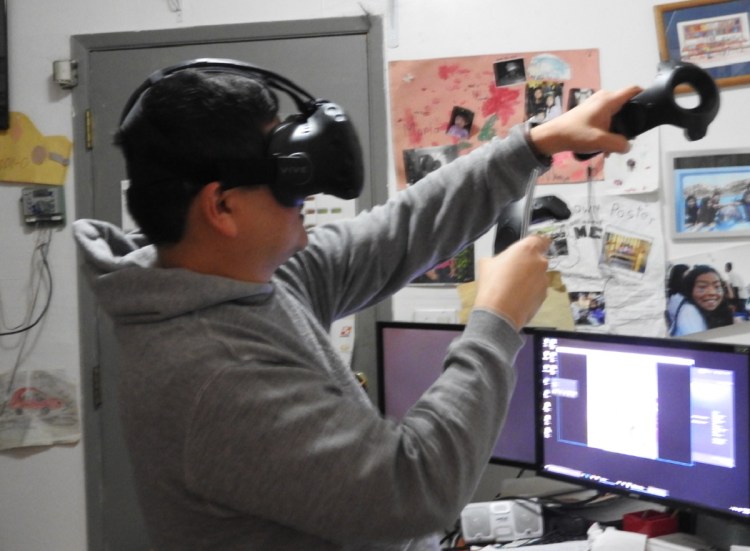The hot days of summer have not led to gamers looking for an escape in virtual reality.
The number of new HTC Vive owners on Steam grew only 0.3 percent in July and was flat in August, according to a survey (via Reddit) of customers that use Valve’s distribution network. The Oculus Rift headset from the Facebook subsidiary saw similar stagnation of 0.3 percent in July and 0.1 percent in August. At this point, only 0.18 percent of Steam users own the Vive and only 0.10 percent own the Rift. And with lethargic sales, both of these high-end head-mounted displays are going to need a lot of help to catch on with audiences.
July and August are important because they were the first months where both HTC and Oculus no longer had supply constraints. Through most of that two-month period, consumers could go online or even drive to a store to pick up one of these units instantly. The problem, however, is that no one is doing that.
As a point of comparison, 1.68 percent of Steam users now own 1440p displays, which are a stepping stone between 1080p and the Ultra HD 4K monitors. The 1440p category grew 0.04 percent in July and 0.08 percent in August.
Of course, the likely explanation for why consumer spending on VR headsets has slowed is that all of the early adopters have taken the plunge. Now, HTC and Oculus are in an awkward transitional period from serving the most hardcore to attempting to woo more budget-conscious, mainstream customers. And the price is still too big of a concern.
Oculus Rift is $600 and HTC Vive sells for $800. On top of that, they both require $1,000 PCs or $1,500 laptops to run. It’s likely that we’ve reached a ceiling on who will spend that kind of cash. Going forward, the VR headsets will likely need one or some combination of the following: a price cut, heavy marketing, or a killer app that gets word-of-mouth buzz.
It doesn’t take long inside a VR headset to get excited about the technology. It’s truly immersive and transportive. But it doesn’t take much longer than that to see that most experiences feel early and that few games and software apps stand out in any of the markets.
So most people are probably going to continue to wait, and if they don’t go with less expensive second-generation iterations of the Rift and the Vive, then they might pick up the PlayStation VR (which costs $800 all in with the headset, a PS4 console, and the required peripherals) or a mobile VR option like Samsung’s Gear VR or Google’s upcoming Daydream-powered VR smartphones.
VentureBeat's mission is to be a digital town square for technical decision-makers to gain knowledge about transformative enterprise technology and transact. Learn More

